
Electrical Installation and Wiring
The company will install and wire electrical systems for various components of the irrigation project. This includes power supply lines to pumps, control panels, and lighting systems. Proper installation ensures reliable operation and safety.
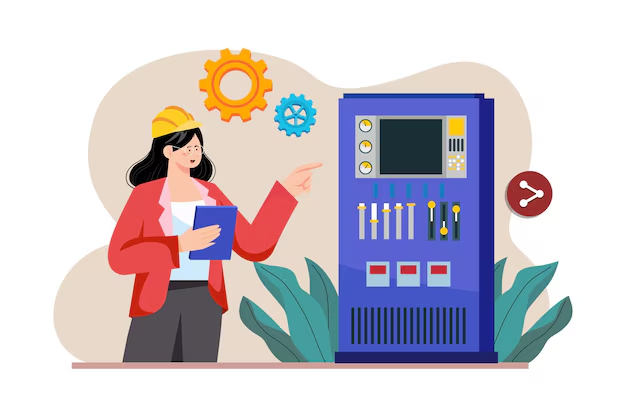
Pump Control Systems
We will set up control systems for pumps, including Variable Frequency Drives (VFDs) for efficient operation, and integrate them with automation systems for remote control and monitoring. This helps in managing water flow and pressure effectively.

Control Panels and Automation
We will design and install control panels that house switches, relays, and programmable logic controllers (PLCs). These panels facilitate automation of irrigation schedules and provide control over the entire irrigation system.
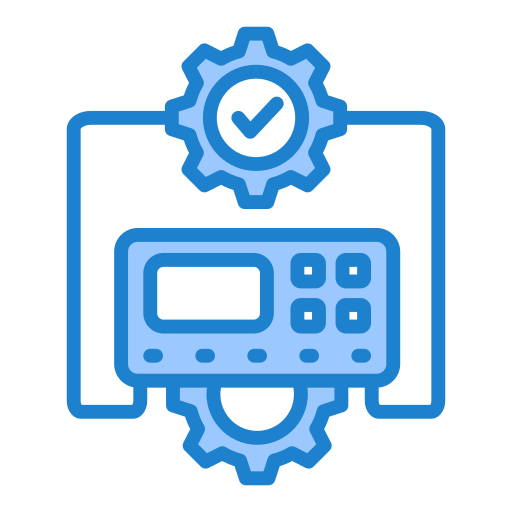
Instrumentation and Monitoring
The company will set up instrumentation for monitoring water levels, flow rates, and other critical parameters. This involves wiring and calibrating sensors and integrating them with the control systems for real-time data analysis and decision-making.

Transformer Installation and Wiring
Connect primary and secondary windings of the transformer to the electrical system. This involves running and securing high-voltage and low-voltage cables, ensuring correct phase alignment and secure connections
Generator Setup and Integration
Connect the generator to the electrical system, including wiring the generator’s output to the main distribution panel or transfer switch. Ensure proper grounding and phase alignment.
Testing and Commissioning
The company will conduct thorough testing of all electrical installations to ensure they meet safety standards and operational requirements. This includes troubleshooting and commissioning to verify that all systems are functioning correctly before the project is handed over.

Pipes and Fittings
Durable pipes (PVC, GI, or metal) and various fittings (elbows, tees, couplings) are used to transport water throughout the irrigation system. The selection of materials and sizes depends on the specific requirements of the project.

Valve Fittings
Different types of valves, such as gate valves, ball valves, and check valves, are installed to control water flow and pressure. These valves allow for the regulation and isolation of water flow within the system.

Filters and Screens
Installed to remove debris and contaminants from the water before it reaches the irrigation system. Hardware components like disc filters, sand filters, and screen filters are used to maintain water quality.
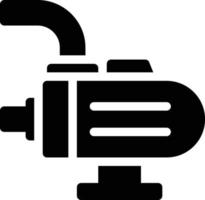
Pumps Fittings
Hardware includes various types of pumps (submersible, centrifugal, or gear) that are essential for moving water from sources to the irrigation fields. Pumps are selected based on the water volume, pressure requirements, and project specifications.
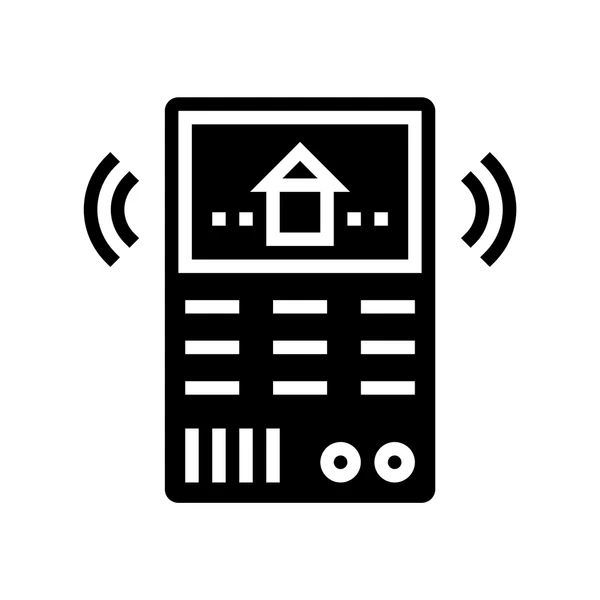
Control Panels and Sensors
Electrical control panels and sensors for monitoring and automating irrigation processes. These components include programmable logic controllers (PLCs), flow meters, and pressure sensors.

Support Structures and Mountings
Hardware for supporting and securing equipment, such as pump stations, valves, and tanks. Includes brackets, mounts, and structural supports to ensure stability and proper alignment.

System Testing and Optimization
Conducting system tests to verify the functionality and efficiency of mechanical components. This includes checking for leaks, calibrating equipment, and making adjustments to optimize performance.
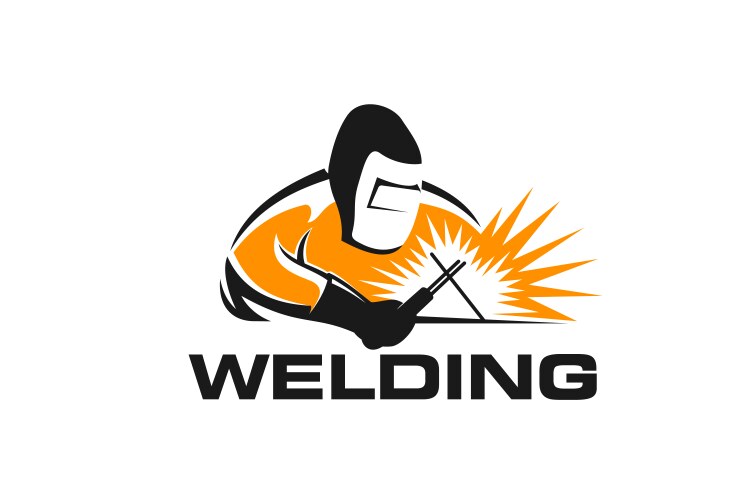
Welding and Fabrication
Joining metal pipes and fittings using welding techniques to ensure leak-proof and durable connections. This includes the installation of steel or iron pipelines.Creating and assembling structural components such as support frames, brackets, and mounts for equipment like pumps and valves.
Pump Supply
Supply various types of pumps (submersible, centrifugal, gear, diaphragm) suited for different irrigation needs.

Pipeline and Fitting Supply
Supply all necessary fittings (elbows, tees, couplings) and accessories (flanges, valves) for pipeline assembly.

Filtration and Treatment Equipment
Offer water treatment solutions for removing contaminants and improving water quality.Supply various filtration systems such as disc, sand, and screen filters to ensure water quality.

Electrical and Wiring Components
Offer electrical components necessary for integrating pumps and automation systems.Supply electrical wiring, conduits, and connectors for powering and connecting irrigation equipment.

Maintenance and Spare Parts
Offer a range of spare parts for pumps, valves, and other critical components to ensure quick replacements and repairs.Provide ongoing maintenance services to ensure the proper functioning and longevity of the irrigation system

System Design and Planning
Design the layout of electrical systems, including the placement of transformers, generators, control panels, and distribution boards. Create detailed schematics and diagrams to guide installation.

Pump, Transformer and Generator Selection
Select pumps transformers and generators based on load calculations, power requirements, and future expansion needs. Ensure that equipment specifications match project demands.

Electrical Distribution Design
Design the wiring and cabling layout, including the selection of cable sizes and types for both high-voltage and low-voltage connections. Ensure compliance with electrical codes and standards.Design circuit protection systems, including circuit breakers, fuses, and surge protection devices, to safeguard against electrical faults and ensure system reliability.

Control Systems Design
Design control panels for managing transformers and generators, including integrating switches, relays, and programmable logic controllers (PLCs). Create detailed panel layouts and wiring diagrams.

Load Analysis and Simulation
Perform detailed load calculations to determine the required capacity and configuration of transformers and generators. Use simulation tools to model electrical loads and system performance.

Documentation and Reporting
Provide comprehensive design documentation, including schematics, wiring diagrams, equipment specifications, and installation instructions.Create detailed reports outlining design decisions, equipment selection, and compliance with standards. Include any recommendations for future upgrades or modifications.

Consultation and Coordination
Offer expert consultation on design choices, equipment selection, and system integration. Provide guidance on best practices and solutions for specific project challenges.Coordinate with other engineering disciplines, contractors, and stakeholders to ensure that the electrical design integrates seamlessly with other aspects of the project.
